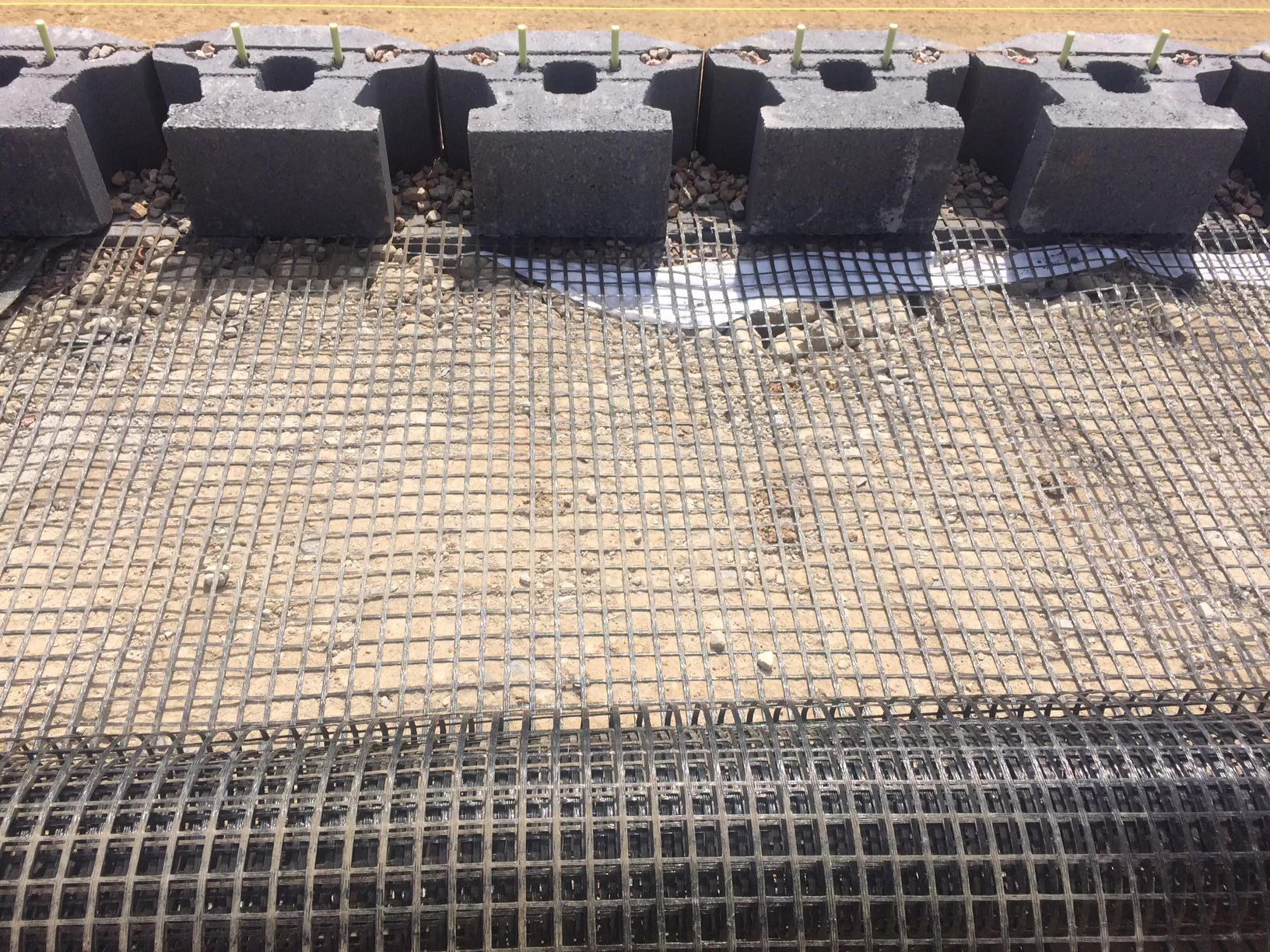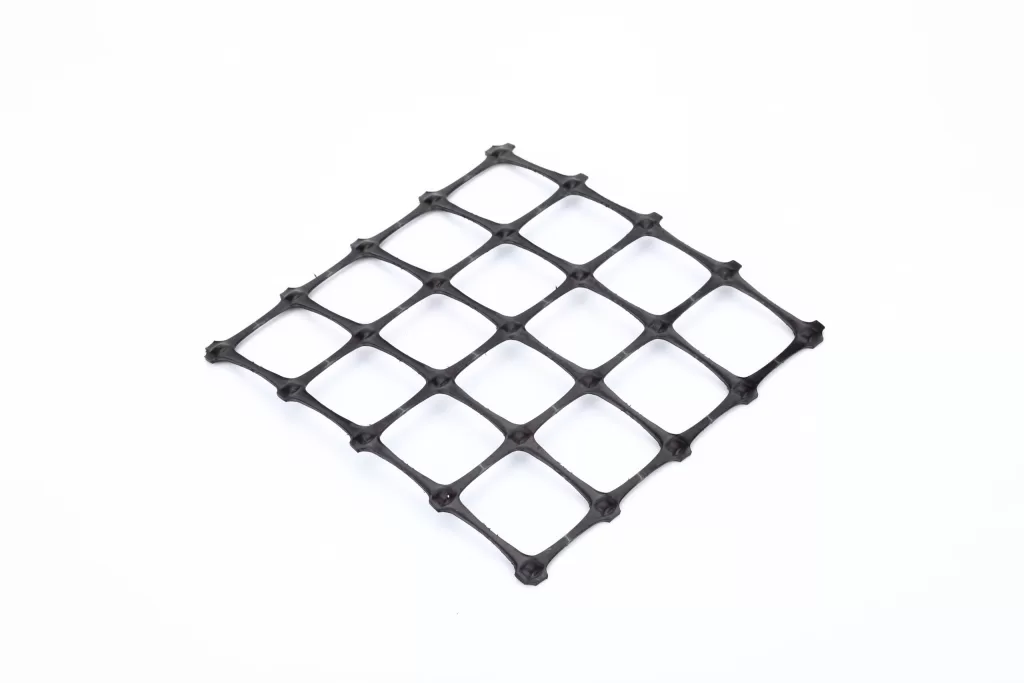+86-159 9860 6917
info@geofantex.com
geofantex@gmail.com
+86-400-8266163-44899
Geogrids, a type of geosynthetic material, have been instrumental in reducing the amount of aggregate needed for road and rail projects, which is environmentally costly to extract, transport, and install. Developed in the late 1970s, geogrids have significantly minimized the need for aggregate and mitigated environmental impacts.
Basic Benefits of Geogrids
Geogrids offer substantial cost savings in construction by reducing the amount of soil or rock engineering required for projects. They expedite construction, enhance long-term performance, and lower repair incidences and other disruptions. A well-designed geogrid structure, incorporating minimal resources like aggregate, concrete, or asphalt, can extend the lifespan of any construction.

Specific Benefits of Geogrids
In road pavement construction, geogrids can reduce the materials used in the capping layer, such as aggregates or cement-stabilized soils. This results in lower production impacts, fewer transportation emissions, and reduced future repair and maintenance needs, all contributing to environmental conservation. Geogrids used in sub-base layers of roads allow for reduced thickness requirements, strengthening and stiffening compacted aggregate layers to deliver superior load-bearing performance compared to thicker aggregate layers.
Geogrids in Road Construction
Biaxial geogrids, made from punched and drawn polypropylene, provide material reinforcement and subgrade stabilization. These geogrids offer exceptional strength, durability, reliability, and fast installation for various applications including base reinforcement of paved roads, construction haul roads, foundation reinforcement, and working platforms on weak soils. They improve pavement life and reduce the required aggregate or pavement thickness, thanks to their high tensile strength and connection ability, which limit aggregate lateral movement and distribute loads over a larger area.
For gravel patios or driveways, geogrids can be used with stone binders to lock gravel together while allowing water to flow through, offering the aesthetic of gravel with the convenience of a solid surface.
Performance
Biaxial geogrids reduce the need for granular base fill material in both paved and unpaved roads, significantly cutting down construction time.
Capability
Large-scale laboratory tests have shown that biaxial geogrids can increase the number of traffic loadings before failure.
Strength
Biaxial geogrids provide high strength at low strain, exhibiting high tensile strength in both longitudinal and transverse directions. This enables effective surface reinforcement and soil stabilization.
Soil Interaction
Biaxial geogrids enhance interlocking capacity, efficiently distributing applied loads and preventing localized shear failure. Large-scale pull-out testing has demonstrated these benefits.



Get Free Sample
We’ll respond as soon as possible(within 12 hours)






















